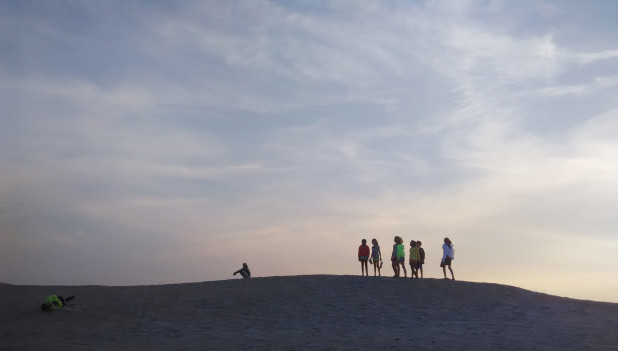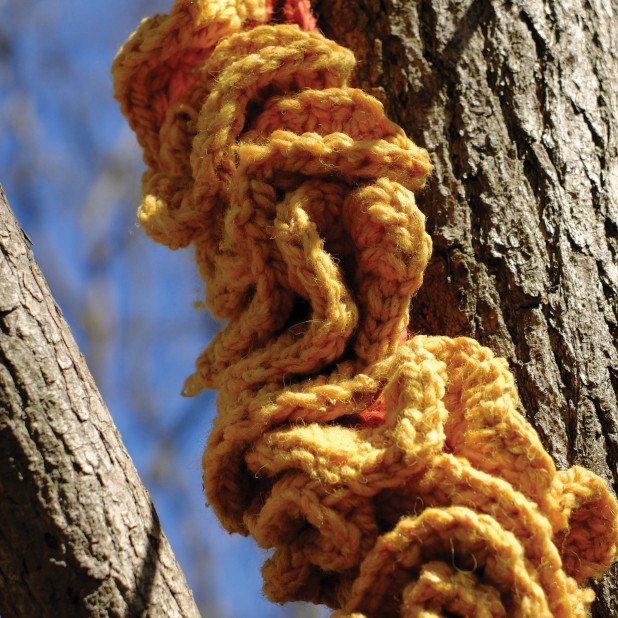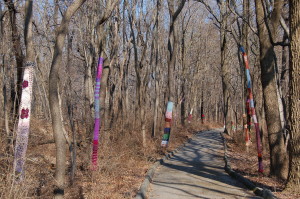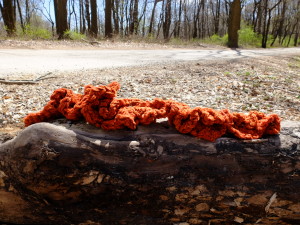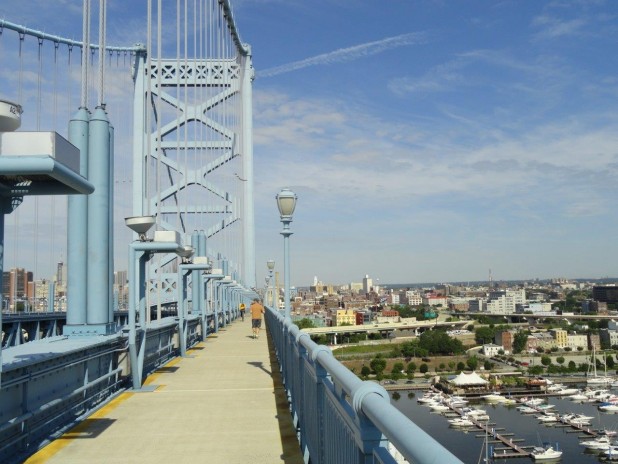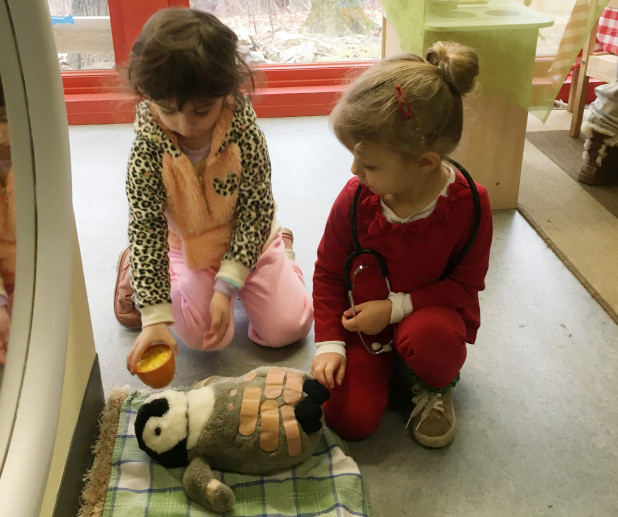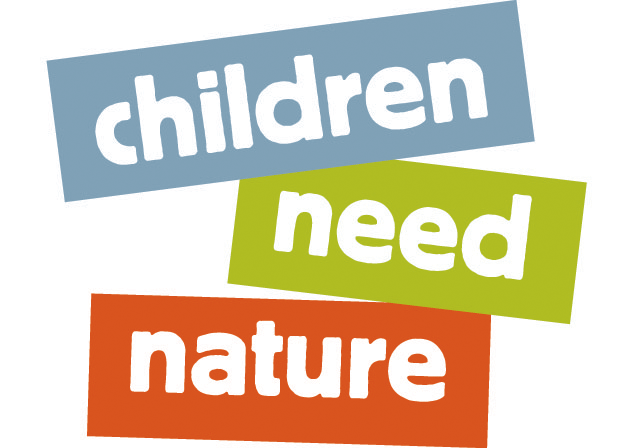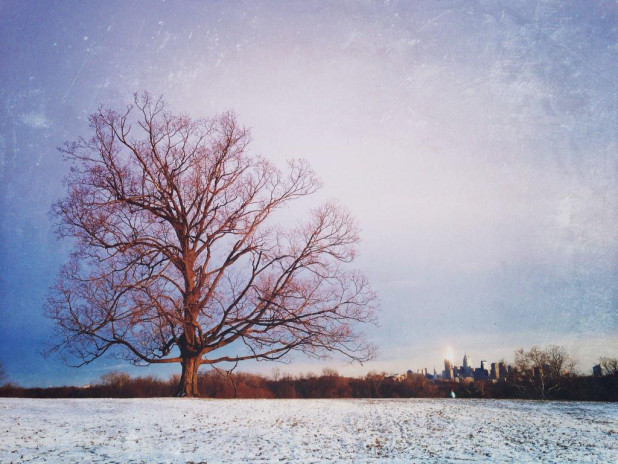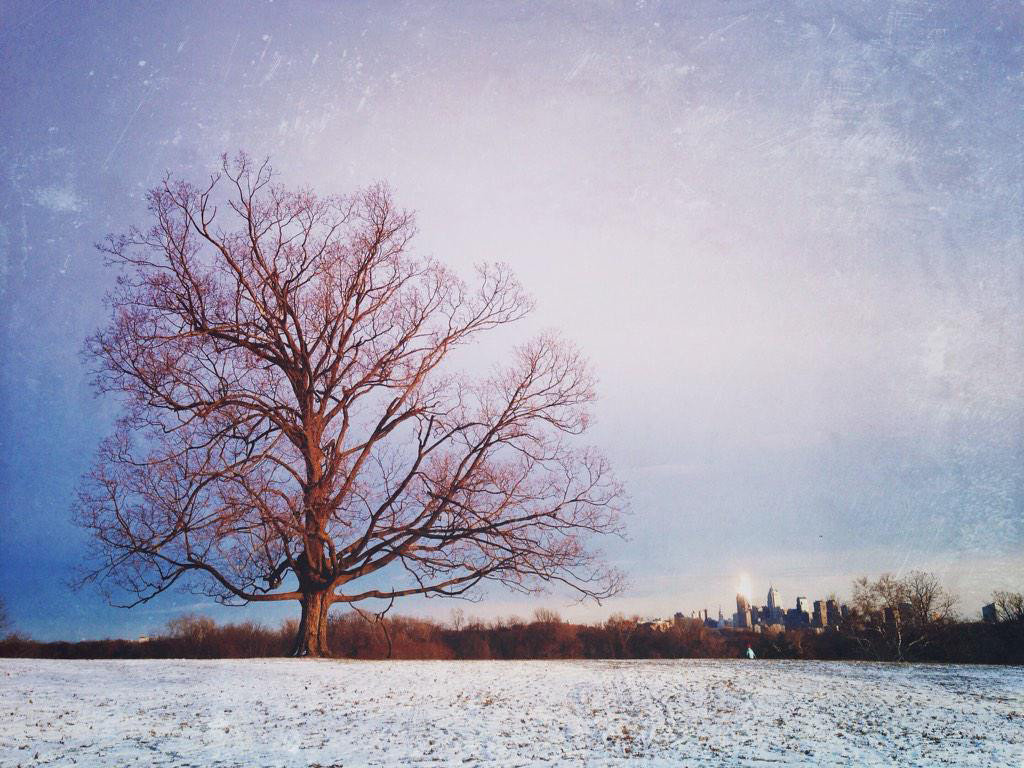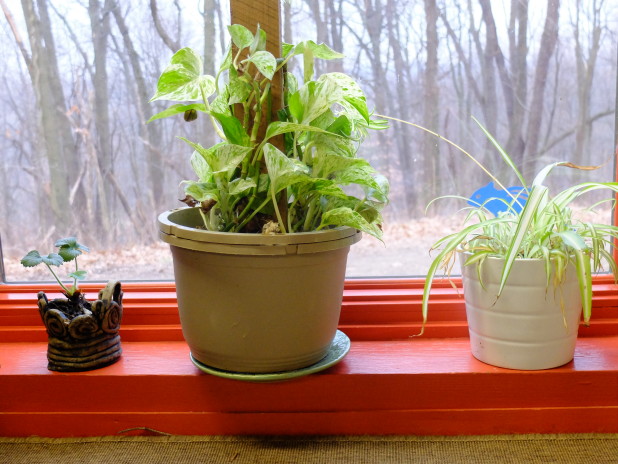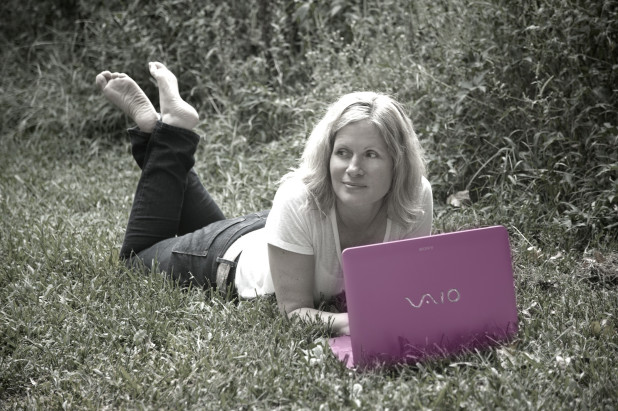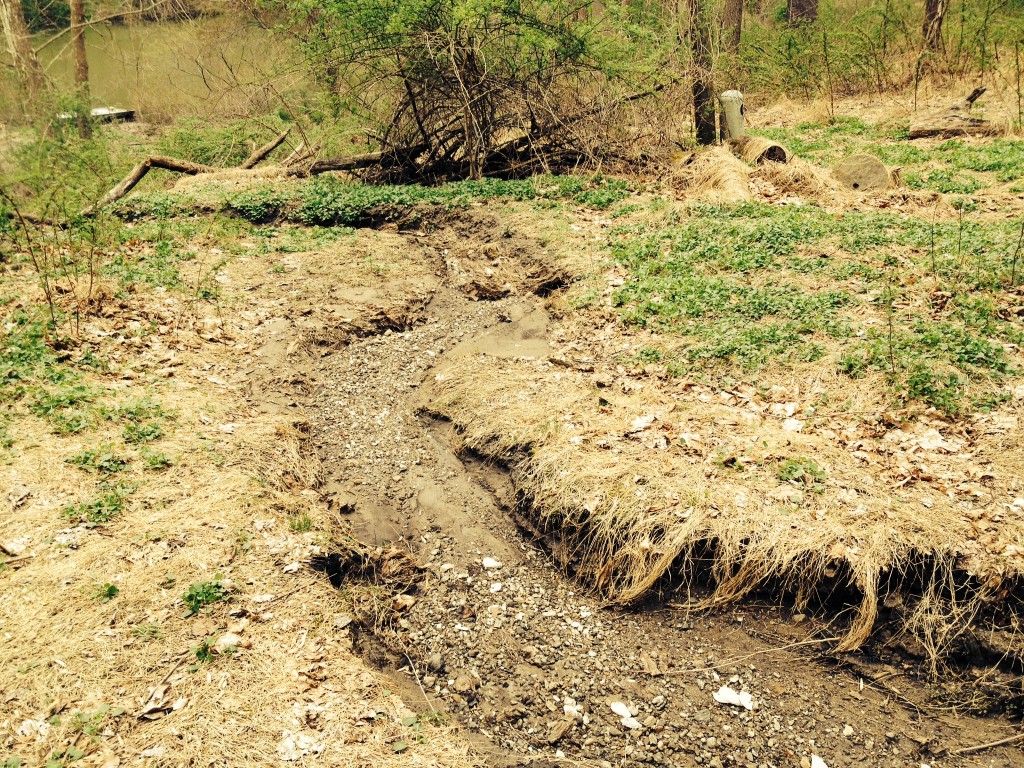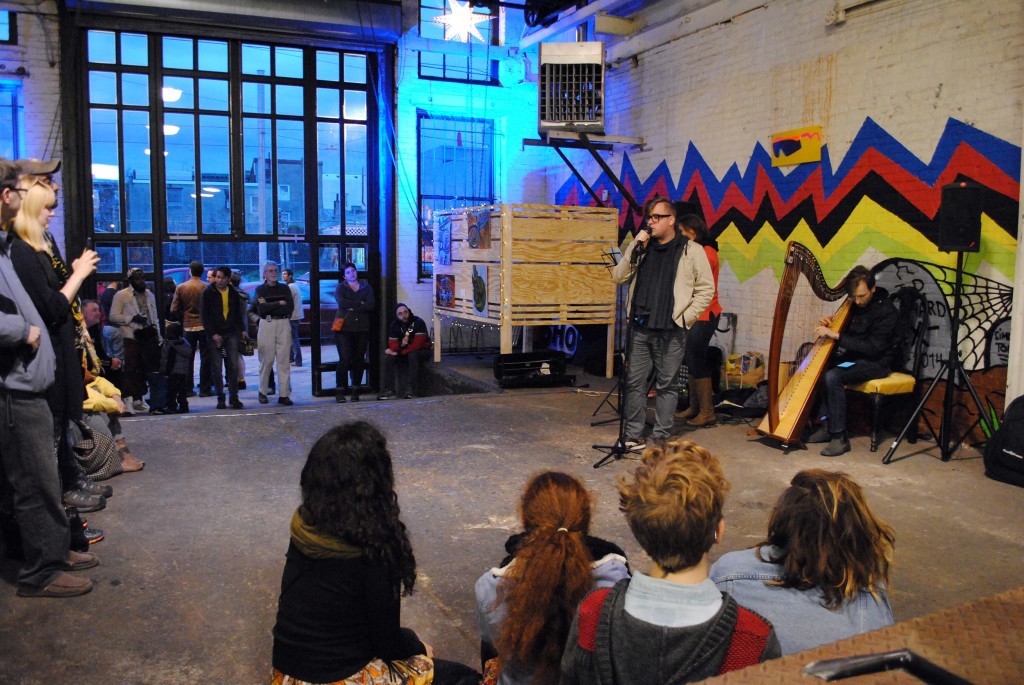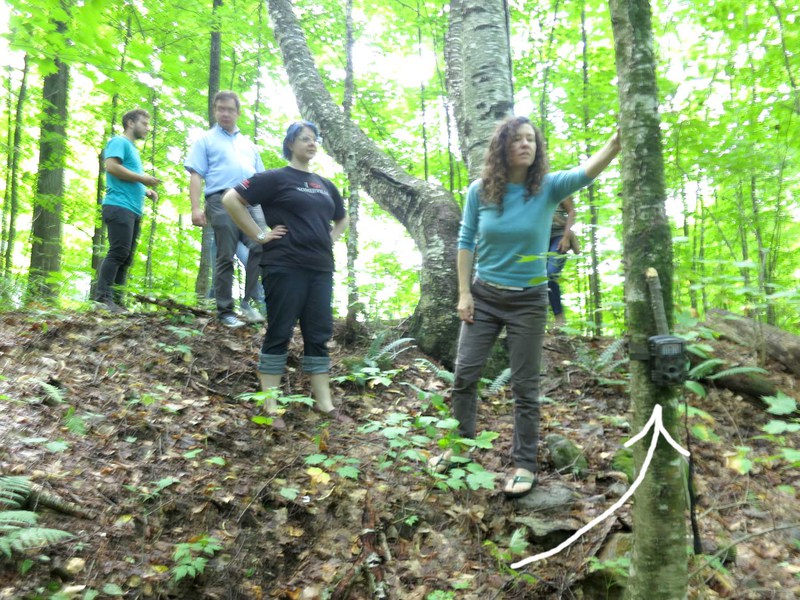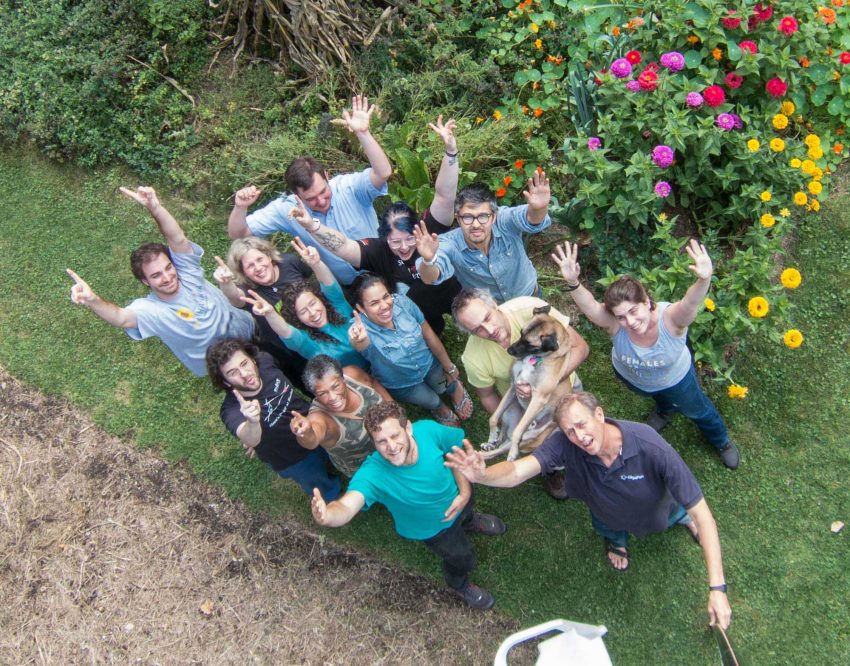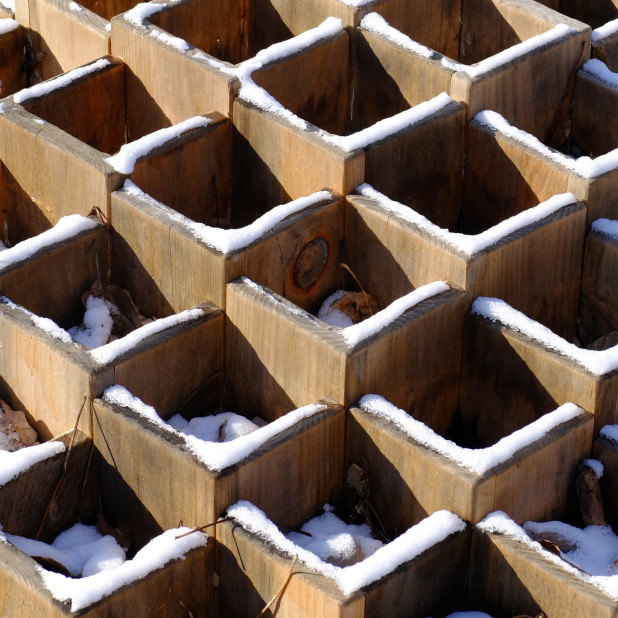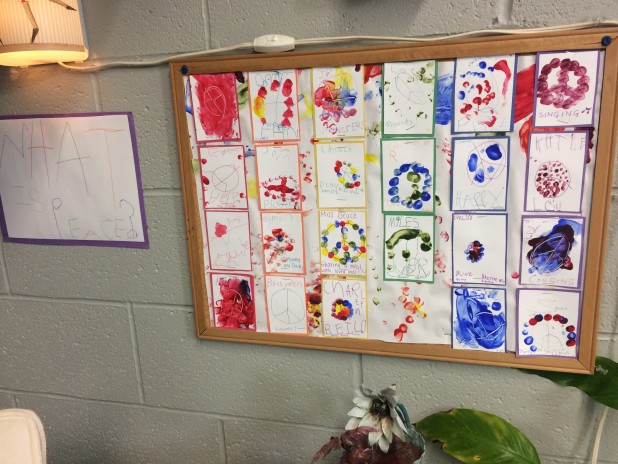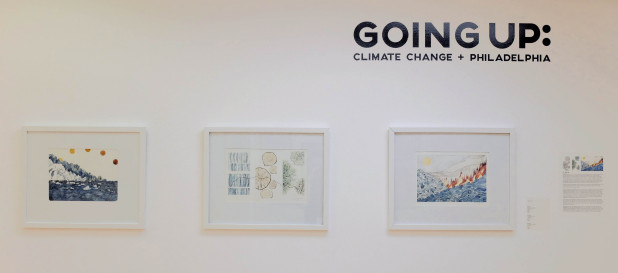By Damien Ruffner, School Programs Manager
June 29th, 2007 changed the world forever: This is not the date of a presidential election, or the start or end of a military conflict. It’s not the day humans first traveled into space, or discovered some profound scientific theory. Think smaller, about 4 inches to be exact. It’s the date the first iPhone was released. And here we are, one decade into the smartphone generation.
The aspect of my position at the Schuylkill Center that takes up the most time every year is the Adventure Treks summer camp program, and specifically the 10-12 year old camp group. This means this upcoming summer, for the first time, I’m going to have kids coming to my most popular program that have never existed in a world without a smartphone. Older generations are in a constant struggle with these kids and their blasted phones. “Put those away!” “Am I going to have to confiscate that?” “No phones will be allowed on this trip.”
I’ll admit that I am guilty of saying a few of these phrases in my career as an educator. But is it the right way? It’s a question I struggle with constantly. If a 10 year-old comes to camp this year with a phone, how can I tell him or her that they can’t have it? Their whole life has been integrated with this device. It’s used in schools. Complicated schedules are logged and tracked. They have pictures of their friends, contact information for their parents or guardians. It’s a 21st century security blanket. Think about it like this: What if you went to a camp and the person in charge said there was going to be no running water or indoor bathrooms at this camp. And it’s simply that way because whoever was in charge didn’t have running water at camp when they were younger, and neither should you. In other words, it’s the “right” way to experience summer camp. Things have changed, and as educators, we have to adapt. Continue reading

